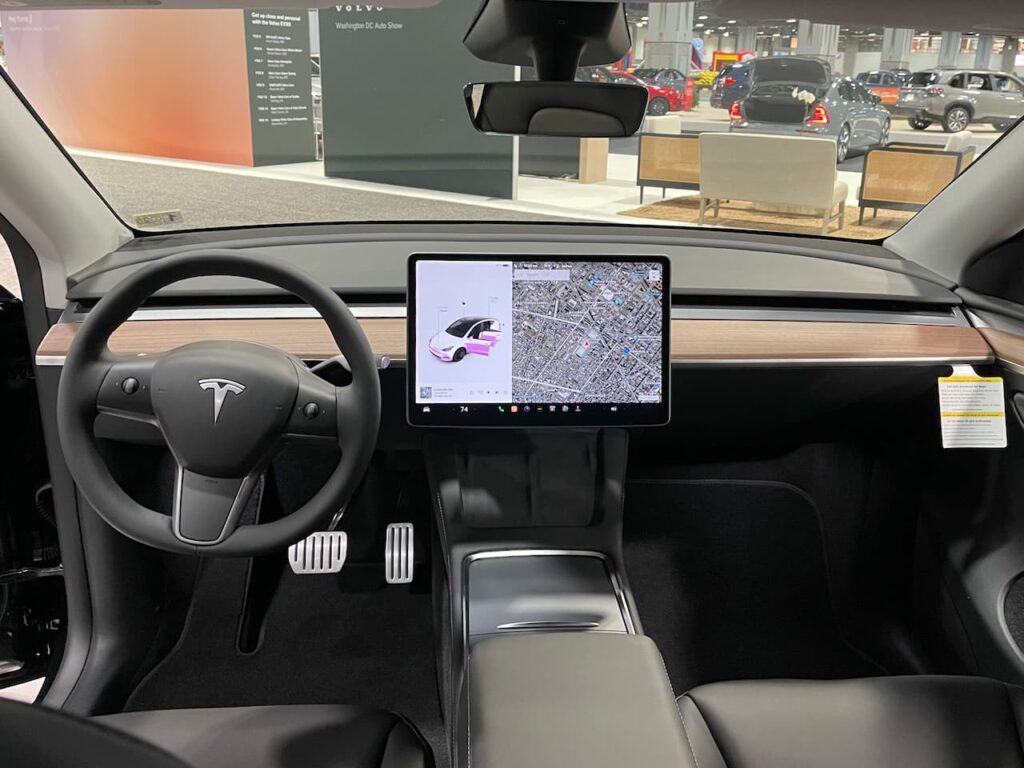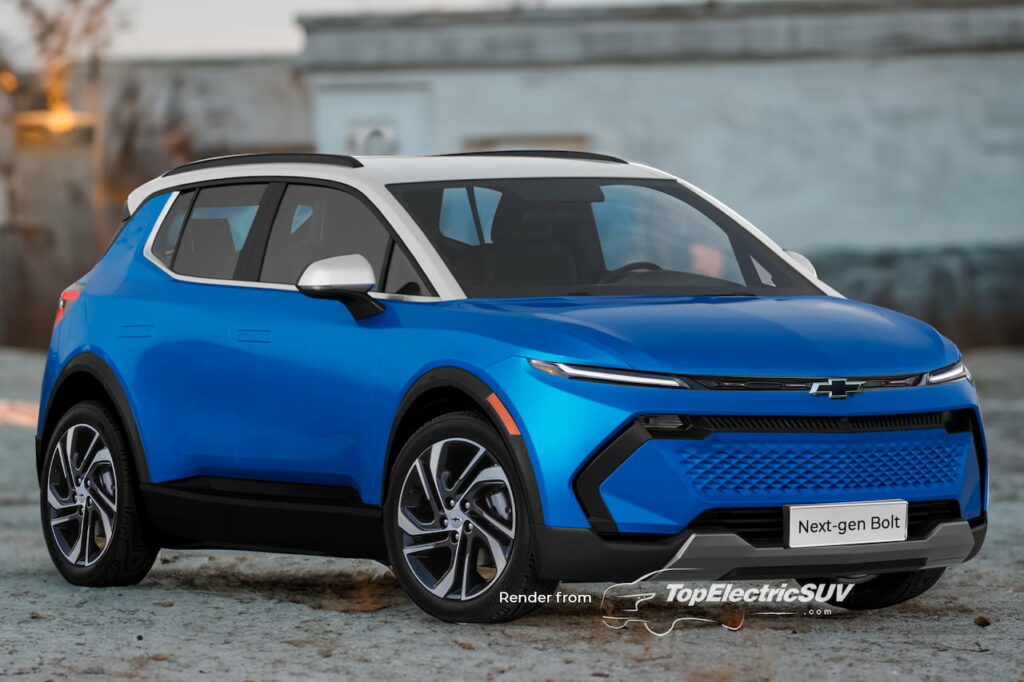It’s been well over six years since Tesla started dropping hints of a new global EV more affordable than the Model 3. While it seemed like the company had given up in the recent past, that is not the case. The homegrown electric carmaker is still working on the purported ‘Tesla Model Q’ to open the brand up to a wider customer base.
Neither ‘Model Q’ nor ‘Model 2’ is an official name; both are internet-given titles. Here’s everything we know and anticipate about Tesla’s future entry-level model.
Arrives by June 2025
Tesla plans to launch the new entry-level EV by June 2025, and unlike the Cybercab (locked in for a 2026 launch), it would be manually drivable. “We are still on track to launch a more affordable model in the first half of 2025,” Vaibhav Taneja, the company’s Chief Financial Officer, said during its Q4 earnings conference call on January 29, 2025. The company has yet to formally reveal the body style or other details of the upcoming EV.

Inspired by the Model Y
Sam Fiorani, an analyst at AutoForecast Solutions and a credible source for insights on future cars, claims that the upcoming Tesla EV will be a “baby (Model) Y” and enter production in late 2025, Forbes reported on December 15, 2024. Our exclusive renderings show how the Model Y-inspired upcoming EV could look. Fiorani says Tesla plans to manufacture the new entry-level model in the U.S., although we are yet to know the exact location, whether it will be in Fremont (CA) or Austin (TX).
LFP Battery
In April 2023, in a strategy document titled ‘Master Plan 3,’ Tesla indicated that it will use LFP batteries offering an energy storage capacity of 53 kWh in the upcoming compact EV. LFP batteries typically have lower energy density than NMC batteries, so they are bulkier and deliver a lesser range. While Tesla offers them as an option in the Model 3 and Model Y, it could use them across the variant line-up in the future model to ensure maximum affordability and set a clear differentiation from the mid-size models.


‘Mixed’ platform approach
The Tesla Model Q is unlikely to be simply a downsized version of the Model Y, as using the latter’s platform in its original form could prove expensive. Sharing its Q4 and FY 2024 updates (pdf) on January 29, 2025, Tesla stated it will combine “aspects” of the next generation and current platforms for the upcoming budget EV. Thus, the company will likely borrow certain modules or parts of the Model Y’s platform and integrate them into an all-new platform.
Bi-directional charging & 48V system
Tesla EVs have long missed out on bi-directional charging functions. The upcoming model could be the perfect opportunity to introduce vehicle-to-load (V2L) and vehicle-to-vehicle (V2V) capability. Moreover, the company is expected to use a 48-volt auxiliary battery instead of the typical 12-volt unit in this EV. The more advanced setup should lead to reduced wiring complexity, weight, and energy consumption.
Before you dismiss these as wild speculation, note that Tesla has confirmed that these features are earmarked for future vehicles in its Q4 and FY 2024 updates (pdf).
Full-Self Driving

Tesla will likely offer Full-Self Driving (FSD) on the upcoming EV as a paid option. FSD is a supervised hands-free driving feature that automates steering acceleration, deceleration, and braking on supported roads. FSD-equipped vehicles can automatically turn, change lanes, react to stop signs, detour, merge with the traffic, and stop for pedestrians and suddenly intervening vehicles.
Pricing

We think Tesla would price the future compact EV in the USD 30,000-35,000 ballpark, making electric mobility more accessible to a new generation of young drivers. Factoring in the full USD 7,500 federal tax credit, the effective price could go well under the USD 30,000 mark.
4 future competitors
Tesla’s upcoming compact EV should compete with the top-end variants of the next-gen Chevy Bolt, the Jeep Renegade EV, Ford’s compact EV that’s expected in late 2026, and Honda’s sub-USD 30,000 EV.
At Stellantis’ 2024 Investor Day on June 13, 2024, Jeep CEO Antonio Filosa confirmed that the next-gen Renegade “will be sold with a variant pure BEV just below $25,000.” Bloomberg Businessweek’s intel says Ford plans to price its compact EV due in late 2026 from around USD 25,000, it reported on March 18, 2024.


According to a Nikkei report dated January 28, 2025, Honda is also working on a sub-USD 30,000 EV, under its new 0 Series lineup. Reuters reported later that day that the company has yet to decide on its North American launch, but in the positive case, that would also be another competitor.
Also Read: Future Tesla cars: Launches expected between 2025 & 2028
Featured Image: TopElectricSUV’s rendering of the upcoming Tesla EV



